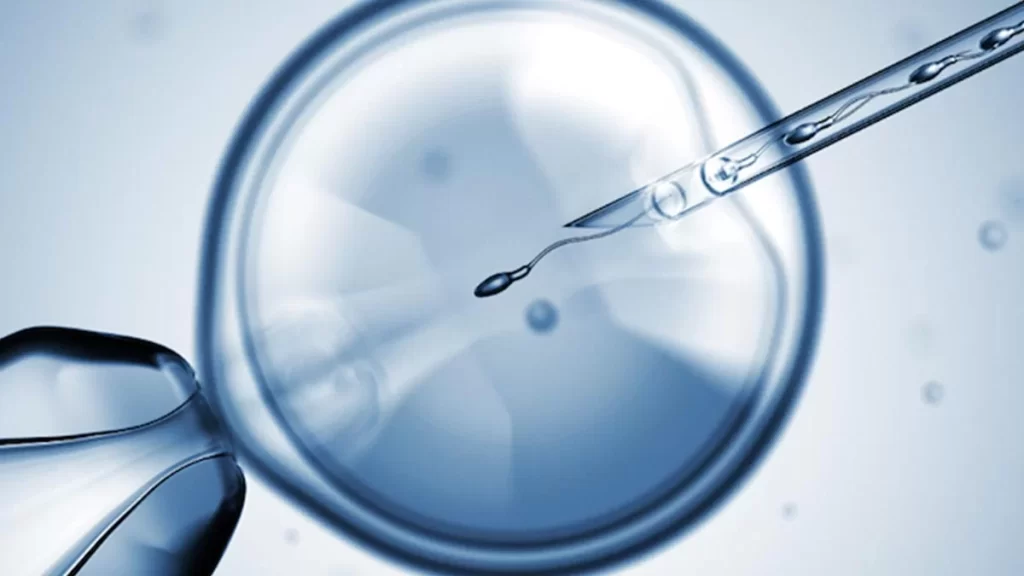In Vitro Fertilization (IVF): Understanding the Process
August 2024

In vitro fertilization, better known by its acronym IVF, is a high-complexity technique through which oocytes are fertilized by sperm outside the mother’s body. This treatment is possible thanks to medical advances that allow for the control of the female ovulatory process. Oocytes are extracted from the mother’s ovaries to be fertilized by sperm in a liquid medium. The fertilized oocyte is then transferred with the intention of initiating a pregnancy.
The term “in vitro” comes from Latin, meaning “in glass,” because fertilization takes place in glass containers like test tubes, beakers, and Petri dishes, which are most commonly used for this procedure.
IVF was initially developed to overcome infertility issues mainly caused by problems in the fallopian tubes, but it has also proven useful in solving other common infertility problems. For this procedure to be successful, it is necessary for the oocytes and sperm to be healthy and for the uterus to be able to maintain the pregnancy.
Women donating the egg for fertilization undergo an ovarian stimulation regimen to develop multiple follicles. More than one oocyte is extracted to analyze and use the ones in the best condition. When the follicles’ maturation is adequate, ovulation is induced with a hormone, and their extraction is scheduled using a needle guided by ultrasound. Oocytes are very sensitive, so only those in the best condition can be used. It takes approximately 48 hours to allow the fertilized oocyte to develop into an embryo, which can then be transferred and implanted in the patient.
Would you like to know more about fertility treatments and advances? Contact us for more information
